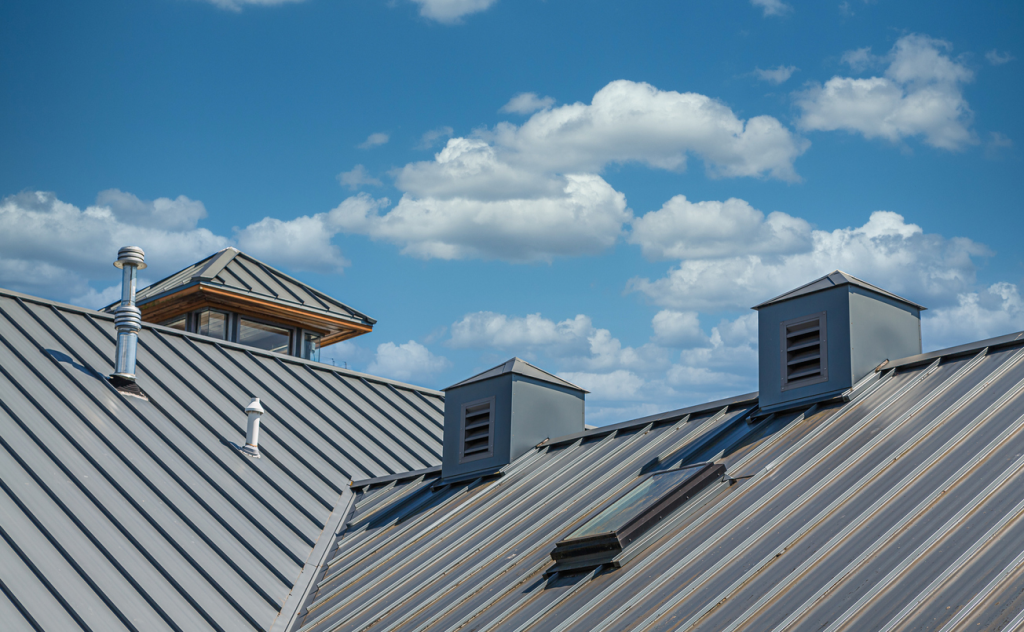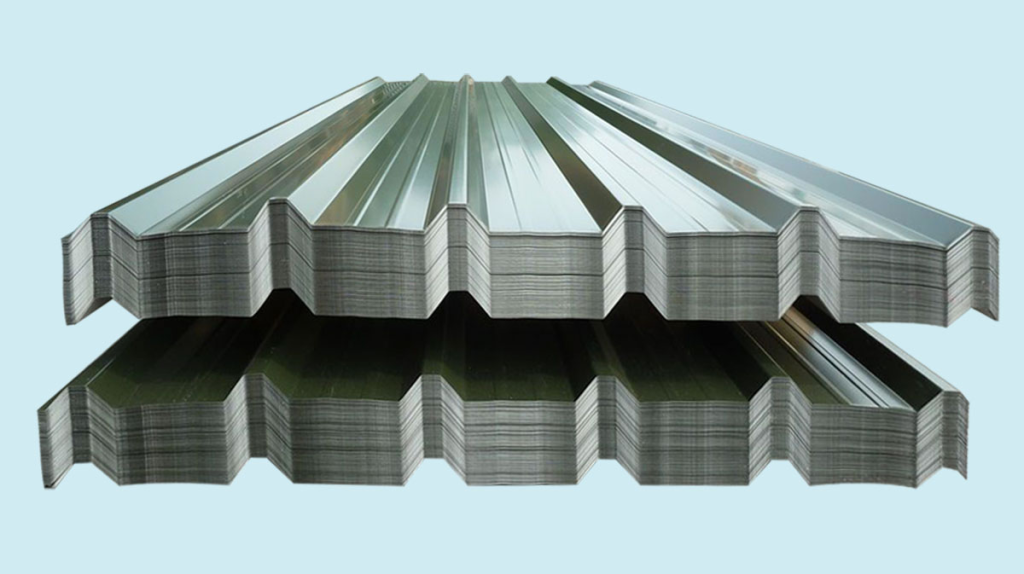The price trends for corrugated roofing sheets over the past five years have been influenced by several factors, including global supply and demand, raw material costs, and macroeconomic conditions.

2018-2019: Stable Prices with Minor Fluctuations
During 2018 and 2019, the prices of corrugated roofing sheets were relatively stable. The global economy was in a moderate growth phase, and demand from construction, particularly in developing countries, maintained a steady level. Raw material prices, especially steel, were not experiencing extreme volatility, contributing to this stability.
2020: Initial Disruptions Due to COVID-19
The onset of the COVID-19 pandemic in early 2020 led to significant disruptions in global supply chains. Manufacturing shutdowns, labor shortages, and transportation bottlenecks caused a decrease in the availability of raw materials like steel and aluminum. Although demand initially dropped due to construction slowdowns, it quickly rebounded as governments worldwide implemented stimulus packages and infrastructure projects to combat the economic downturn. This sudden demand surge, combined with supply chain issues, led to an increase in prices towards the end of 2020.
2021: Sharp Price Increases
2021 saw significant price increases for corrugated roofing sheets, driven by several factors:
- Raw Material Costs: Prices for steel and aluminum, essential components of corrugated sheets, surged due to supply chain disruptions and high demand.
- High Freight Costs: The cost of transporting raw materials and finished goods increased due to a global shortage of shipping containers, rising fuel prices, and logistical challenges.
- Increased Demand: The boom in construction activities, especially in residential and commercial sectors, fueled higher demand for roofing materials. Additionally, the growth in e-commerce resulted in higher demand for packaging materials, indirectly impacting raw material availability.
2022: Continued Volatility
In 2022, corrugated roofing sheet prices continued to experience volatility. While some supply chain issues began to ease, geopolitical tensions, particularly the Russia-Ukraine conflict, disrupted global energy supplies and further impacted the cost of raw materials. Inflationary pressures also contributed to the rising costs of production and distribution, leading to sustained high prices throughout the year .
2023: Gradual Stabilization
By 2023, the market began to see some stabilization in prices. Supply chains improved as manufacturing output increased and transportation networks became more reliable. However, prices remained elevated compared to pre-pandemic levels, reflecting the lasting impact of earlier disruptions and ongoing inflation. The demand for corrugated roofing sheets remained strong, driven by continued investment in infrastructure and construction projects globally.
Overall Trends:

- Price Drivers: The primary drivers of price trends over the past five years include raw material costs, global supply chain disruptions, freight and logistics expenses, and demand fluctuations in the construction industry.
- Regional Variations: Prices varied by region, with developing economies experiencing higher price increases due to greater infrastructure needs and less resilient supply chains.
These insights reflect the complex interplay of factors that have influenced the corrugated roofing sheet market, making it crucial for businesses to closely monitor these variables in their procurement strategies.


